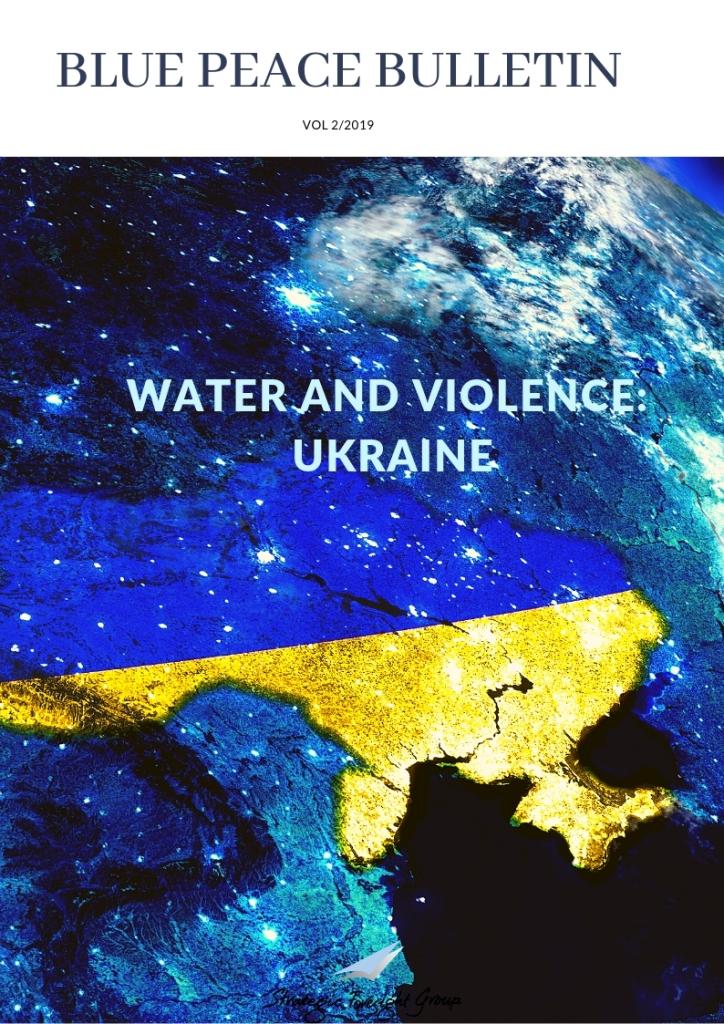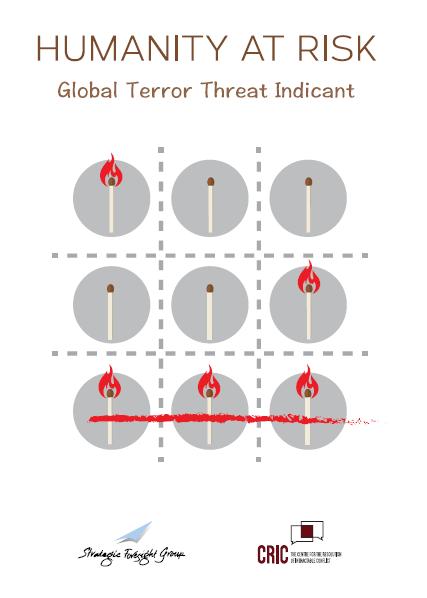Blue Gold: Somalian Pirates in the Gulf of Aden
|
|
October , 2008
By Gitanjali Bakshi
|
For many of us the term �€œpirate�€ conjures up images of 17th century buccaneers, coursing through the waters of the Caribbean, in search of lost treasure �€“ it holds within it, an element of make believe; of unscrupulous bearded men with eye patches, wooden legs and talking parrots.
But recent events off the coast of Somalia have shown that pirates are very much a part of contemporary reality - This new breed of water-bandits have traded in their swords, cannons and gold bullion, for automatic weapons, rocket propelled grenades and an estimated salary of anywhere between $30-100 million a year.
And although the subject of piracy might seem like something from the realm of fantasy it is in fact, an extremely relevant topic today �€“ one that has regional as well as global ramifications.
Background
Pirate attacks have been rampant for many years in and around the straight of Malacca and in 2006 there were 33 incidents of piracy reported in the Bay of Bengal. Yet it seems as though trouble is gradually shifting over to African waters. In 2003 pirate attacks around the coast of Africa accounted for 20% of worldwide attacks, in 2008 they account for 56%.
Somalia in particular has become a hotbed for piracy with an astronomical total of 76 attacks reported in 2008. However, none of the previous attacks have garnered the kind of international uproar and media attention as the recent hijacking of the �€œFaina�€.Faina Hijacking & Arms Control
On 25th September 2008, A Ukrainian freighter heading for Kenya was seized in the Gulf of Aden by a group of 50 odd Somalian pirates. The pirates soon discovered that the ship, named the �€œFaina�€, was carrying a consignment of Russian arms on board. The 33 T-72 tanks with other ammunition worth a combined $30 million had set sail from Ukraine and were allegedly meant for the Kenyan Ministry of Defense. However, many within the maritime security circles speculate that the arms were eventually intended for the SLA or Sudanese Liberation Army of South Sudan. If this is true then the arms deal would be in direct violation of a 2005 brokered peace treaty between South Sudan and Khartoum.
Although no substantial evidence has been collected to prove that the ship�€™s booty was ultimately destined for the rebel Sudanese army, the hijacking of the Faina has definitely shed light upon the possibility of illicit or unmonitored arms trade taking place in these waters and the consequences that this might have for the multiple fractious governments that pepper the continent of Africa.
Gulf of Aden & Geostrategic Concerns
The drastic decline in security along the Gulf of Aden has cost the shipping industry dearly. Shipping costs have increased dramatically because of ransom payments, security measures and heightened insurance costs. These expenses will ultimately trickle down to consumers. What seems more frightening is that if measures are not taken to improve the situation, ships will have to sail around the Cape of Good Hope �€“ an extra 6,000miles, in order to avoid any ugly altercations with the marauding band of treasure-seekers.
According to the International Maritime Organization (IMO), �€œsome major shipping companies are already refusing to transit the Gulf, while many others are understandably considering similar steps.�€
This could have dire consequences for cargo passing through the Gulf of Aden. Nearly one-third of the world�€™s containerized cargo, 4% of the world�€™s daily oil and half of the world�€™s bulk cargo transits through the Gulf of Aden. A sizeable amount of these goods are ferried from India and China to the West but the country most affected by developments in the Gulf is Egypt. An estimated 22,000 ships pass through the Gulf of Aden every year in order to transit through the Suez Canal and Egypt risks losing a sizeable chunk of its revenue from shipping tariffs if pirate attacks are not curtailed.
Future Energy Routes
What seems particularly interesting however is the role of the Gulf of Aden and the Red Sea in future oil trade. The rising tension between the West and Iran over the latter�€™s nuclear programme has elicited many analysts to raise the question about a possible closure of the Straight of Hormuz. The straight currently has a monopoly over gulf oil export routes.
In the case of a closure similar to what occurred during the Iran-Iraq war, the only other alternative route for oil shipments is the Red Sea via the Saudi East-West pipeline. The oil would then be transported East through the Straight of Bab-el Mandab and West through the Suez Canal or around the Cape of Good Hope.
If the situation of lawlessness continues to spread throughout the Gulf of Aden, it could block the only other reasonable alternative route for Persian Gulf oil exports and potentially spell disaster for future energy supplies to Asia, Europe and the US.
Solution
These and other concerns such as the transportation of humanitarian aid to Somalia or the illegal dumping of harmful toxins into the Gulf of Aden have led to a decision to position an international naval force, deemed with the task of patrolling these waters. On October 2nd 2008, approximately 8 European countries agreed to provide support to the anti-piracy operations in the Gulf of Aden, in addition to the existing US and Russian fleets.
Tough security measures have proven to be tremendously successful in reducing piracy in and around Indonesia in recent years, however it will be interesting to see how the various countries and non-state actors in the region will react to this international security presence in the coming months.
Ultimately, the developments of the coast of Somalia have proved that �€˜piracy�€™ is still an extremely relevant factor in the 21st century and in fact, must be taken into consideration when dealing with some of our most prized strategic and geo-political issues.

Related Publications
Related latest News
Related Conferences Reports
-

P5 Experts Roundtable on Nuclear Risk Reduction
Download:Geneva Roundtable Report
-

Roundtable on Global Security and Catastrophic Risks
Download:Report on RT revise





